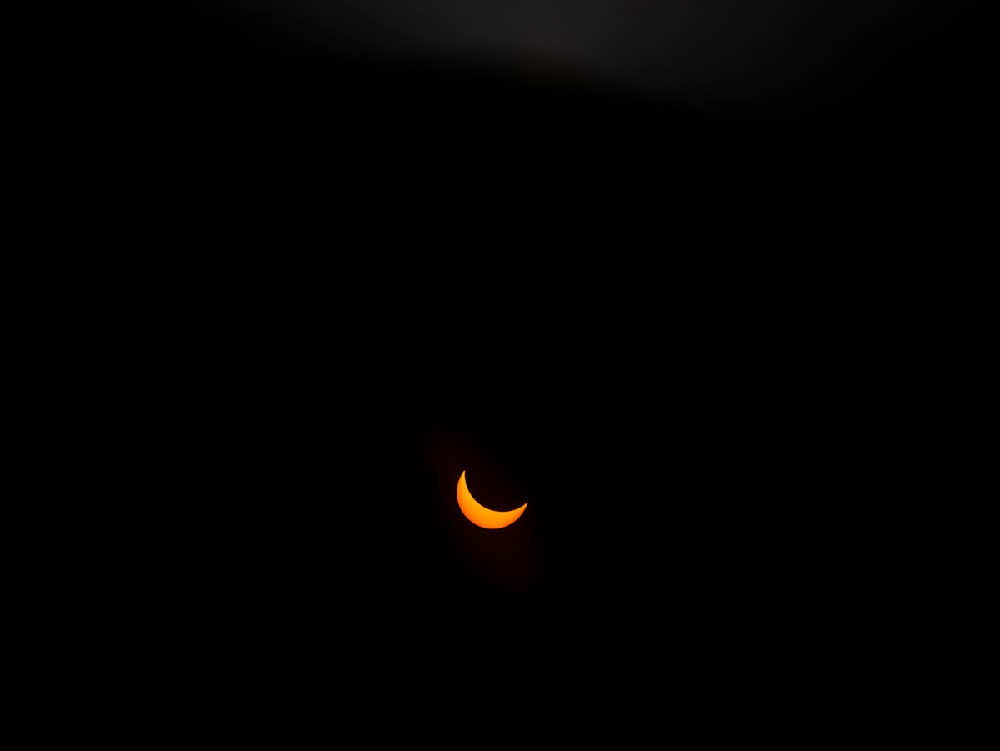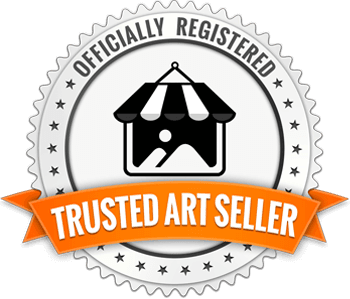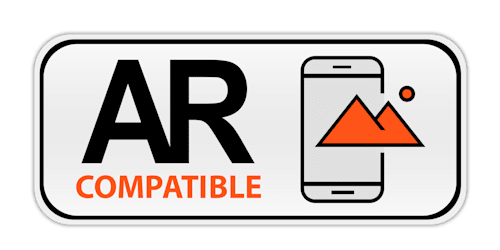Did You See the Solar Eclipse?
Apr 10, 2024
 The partial solar eclipse seen from Atlanta, April 8, 2024
The partial solar eclipse seen from Atlanta, April 8, 2024
The Solar Eclipse in Atlanta
Did you get to see the eclipse?
My daughter and her boyfriend drove from Chicago to Indianapolis to see the eclipse, and my cousin went to Greenville, South Carolina. I didn't have time to go on a trip, so I hadn't given the eclipse much thought.
At the last minute, my friend Lauren called and said she had an extra pair of glasses if I wanted to check out the eclipse in Atlanta and try to get some photos.
I was finishing up a few things, but I grabbed my camera, put the leash on Bauer, and ran to Lauren's.
As we fast-walked past the middle school, I enjoyed seeing all the kids outside. Most of them weren't paying any attention to the eclipse but a few kids were grouped around a teacher and had on their viewing glasses.
The Lunar Eclipse
As soon as I got to Lauren's, we went out on the back deck, and I looked at the eclipse through the glasses. It's pretty cool how that works. It was just before 3 o'clock so the sun was almost to the peak of the eclipse.
Lauren helped me tape the glasses on the end of my camera and get everything set up. Whenever you're shooting sky photos, such as the stars in astrophotography, you have to use manual focus. The autofocus doesn't handle that type of situation well.
It's best to set your camera to infinity and take a shot. Then look at the shot and ensure that it's in focus.
The infinity setting on the camera may not be exact and you may have to play with it a little to get the focus. Be sure to use an aperture of about 5.6 or a little higher, but avoid stopping down completely. The smaller the aperture the more diffraction comes into play - that's that "airy" disc you sometimes see floating around.
A nice feature of the Lumix is the zebra stripes that blink red when the subject is in focus. I turned those on and that let me know when the sun was in focus.
And remember to NEVER point your camera straight at the sun. It can burn your light sensor out and wreck it. I was able to point my camera at the sun because I had the special viewing glasses over the lens that protected my eyes and my lens at the same time.
Getting the focus was challenging, but once I had it, I got some good, sharply focused shots.
I took quite a few photos and tried to capture the sun at varying degrees of eclipse.
Thinking about it now, I should have laid down on my back on the deck to get the photos. I could have used a tripod too but didn't want to bother to take the time to set one up. I was looking up at such an angle that I kept needing a break because my neck and arms were getting tired and kinked.
The cover photo for this post was one of the shots I liked. The only way to capture the sun's corona peeking out from behind the moon is during a full eclipse.
I tried playing around with the edge of the sun to capture some lens flare. It was interesting:

Partial eclipse with lens flare
The telephoto lens on my Lumix is barely adequate for these types of photos. I need a lens that gets me closer. I haven't invested in one yet because I don't often shoot things that need such a close-up lens. It's definitely on my "want" list, though.
The photo with the lens flare was taken at f / 6.3 at 1/250th of a second, ISO 200. The reason I shot it at ISO 200 instead of 100 is because 200 is the optimal ISO for that specific camera.
I'm glad Lauren called and that she had an extra pair of glasses. It was fun to take a little break and experience the eclipse and get a few photos.
Did you get to see the eclipse? I'd love to hear about your experience.
See you between the raindrops!
xoxo,
Susan
PS - I'll put a photo of the eclipse on my website soon!





